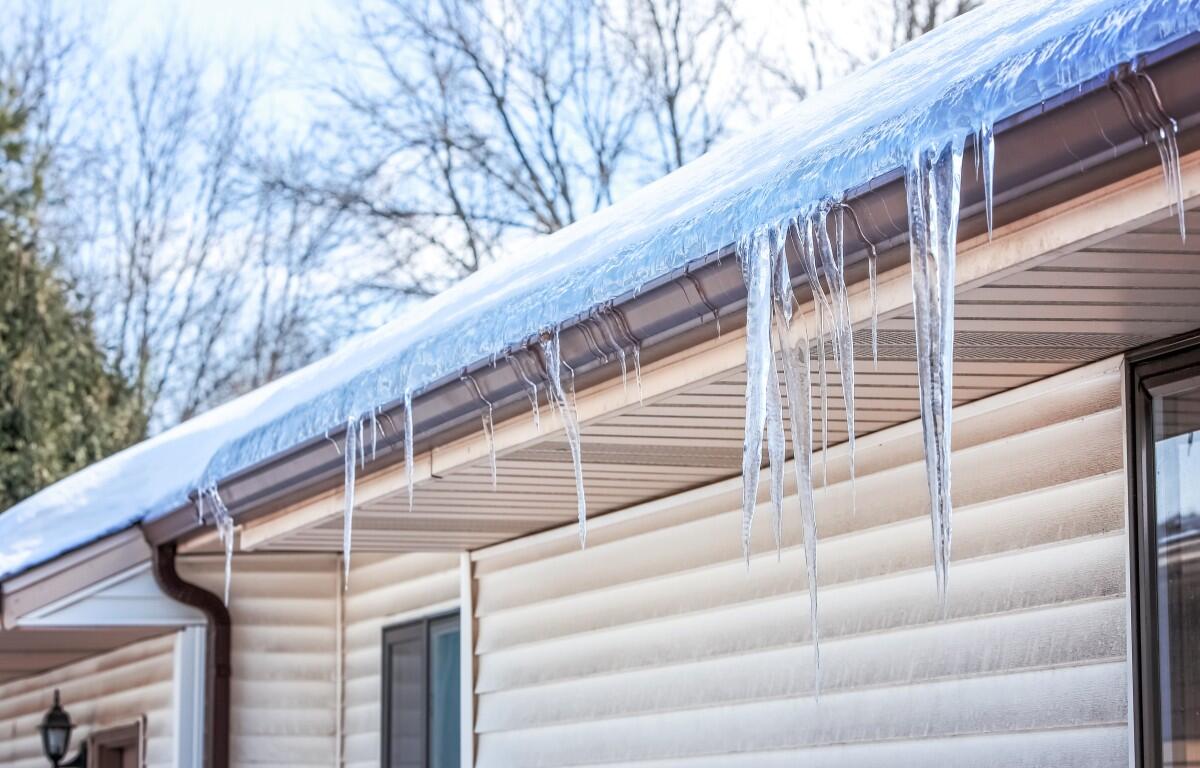Buying a home is one of the biggest investments most people will ever make, and taking care of that investment is important. The team at Singletary Construction can help with some expert advice.
Question: What is an ice dam?
Answer: An ice dam is a ridge of ice that can form on your roof when snow melts unevenly. This ridge prevents proper drainage which can cause water damage.
You probably think you’ve heard all the potential hazards that water in its various forms poses to your home. But here’s one threat that few people talk about: ice dams. If snow has collected on your roof, it is at risk of developing an ice dam. Ice dams form when a higher part of the roof is warmer than the lower part of the roof. Typically, it happens when heat from your attic melts snow nearer the peak of the roof. When this melted snow flows down the roof and reaches the eaves (where temperatures are colder), it refreezes. Over time, this process creates a ridge of ice that traps melting snow, preventing proper drainage.
This trapped water can back up under your shingles, leading to leaks, water damage, and mold growth inside your home. Left unchecked, this can damage insulation, ceilings, walls and even structural components. Additionally, large icicles hanging from your gutters pose a safety hazard to people and pets.
So, what do you do? Be proactive!
- Check your insulation: Proper attic insulation keeps heat inside your home, preventing snow on your roof from melting.
- Verify that the attic is properly ventilated: Adequate ventilation keeps attic temperatures consistent, minimizing snowmelt.
- Confirm there are no leaks: Close gaps and cracks around chimneys, pipes, and attic hatches to prevent warm air from escaping.
During periods of prolonged or heavy snow:
- Remove snow safely: Use a roof rake to clear snow before it can turn into ice dams. Avoid using sharp tools that can damage shingles.
- Check the attic: Look for damp areas or ice forming on the interior near the valley or any area where snow is slowly melting.
The first step is simply being aware of the potential risk. Take action BEFORE your roof is covered in snow but also be vigilant throughout the snowy season to be sure your home stays warm, dry, and damage-free all winter long!


